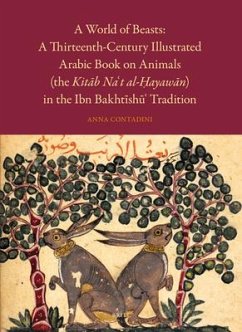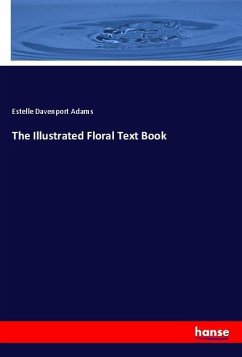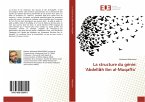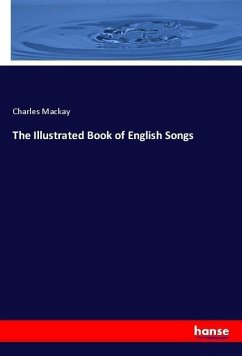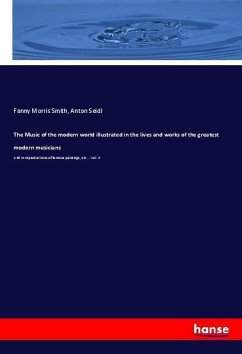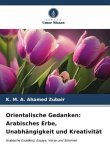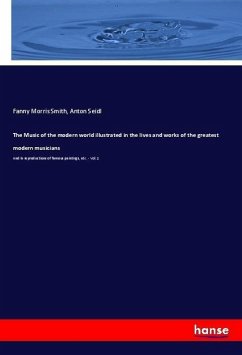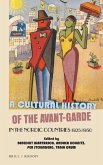The Kitab Nat al-Hayawan is the earliest of a group of illustrated manuscripts dealing with the characteristics of animals and their medicinal uses. The present study considers both the confluence of textual traditions within this work and the stylistic and iconographic relationships of its illustrations, which make it a key witness to early thirteenth-century Arab painting. After a re-evaluation of previous approaches, emphasis is placed on relating image to text, on stylistic affiliations, and on the modalities of production, supported by technical analyses undertaken for the first time. In elucidating the particular context of this unique manuscript, the study contributes to our understanding of a critical period in the development of Middle Eastern painting and art.
Hinweis: Dieser Artikel kann nur an eine deutsche Lieferadresse ausgeliefert werden.
Hinweis: Dieser Artikel kann nur an eine deutsche Lieferadresse ausgeliefert werden.
'This is the first detailed study of an illustrated bestiary from the Islamic world. It sets this 13th-century Arab manuscript squarely within the context of both the Islamic tradition of animal lore and of classical and medieval Christian learning in this field. It is also a meticulous investigation and analysis of the art-historical aspects of this masterpiece of Islamic book painting. As such it is a pioneering and erudite contribution to Islamic art and literature alike.' - Robert Hillenbrand
"...the case she builds over the course of her book is very well documented and persuasive." - Sheila R. Canby, in: Journal of the Royal Asiatic Society, 22 (2012), pp 599600 [doi:10.1017/S1356186312000363]
"The book is a significant contribution to the field and will remain a keywork for many years to come." - Alison Ohta, in: Bulletin of the School of Oriental and African Studies, 75 (2012), pp 569570 [doi:10.1017/S0041977X12000663]
"...important contribution to the study of the arts of the Islamic book." - Jaclynne J. Kerner, in: caa.reviews December 27, 2012 [doi:10.3202/caa.reviews.2012.149]
"This is a wonderful book, or rather a book full of wonders. Anna Contadini has unearthed and opened up a treasure chest for us, and with a rare combination of artistic perception, historical knowledge and philological skill she is also able to explain to us the various marvellous objects it contains. [...] In sum: a truly splendid achievement." - Oliver Kahl, in: Journal of Semitic Studies 58.2 (2013), 426-429
"This study is striking in both its clear organization and wealth of information. [...] ...innovative approach [...]: the illustrations should be considered an integral part of the text, the manuscript as a whole artefact, within which text and images operate in a complementary fashion as to convey complex messages." - Lucia Raggetti, in: Journal of Islamic Manuscripts 5 (2014), 71-77
"Anna Contadini does a brilliant job in introducing new approaches to the production of the colour plates of the Na't folios; not only is she systematic, scrupulous and thoroughgoing in her technical analysis of the 86 paintings - she associates image to text bringing her erudition and insight, and she comprehensively investigates their interaction." - Stavros Nikolaidis, in: Journal of Oriental and African Studies 24 (2015) 468-471
'Der Verfasserin ist mit der vorliegenden Publikation ein großartiges Buch gelungen, das - kenntnisreich verfasst - detailliert, aber ohne Weitschweifigkeiten, alle Aspekte in Hinblick auf die Illustrationen (die natürlich im Vordergrund stehen), aber auch zahlreiche Textfragen behandelt. Es sollte daher in keiner kunst- und kulturwissenschaftlichen, aber auch in keiner arabistischen Bibliothek fehlen." - Herbert Eisenstein, in: Wiener Zeitschrift für die Kunde des Morgenlandes, vol. 106 (2016)
"...the case she builds over the course of her book is very well documented and persuasive." - Sheila R. Canby, in: Journal of the Royal Asiatic Society, 22 (2012), pp 599600 [doi:10.1017/S1356186312000363]
"The book is a significant contribution to the field and will remain a keywork for many years to come." - Alison Ohta, in: Bulletin of the School of Oriental and African Studies, 75 (2012), pp 569570 [doi:10.1017/S0041977X12000663]
"...important contribution to the study of the arts of the Islamic book." - Jaclynne J. Kerner, in: caa.reviews December 27, 2012 [doi:10.3202/caa.reviews.2012.149]
"This is a wonderful book, or rather a book full of wonders. Anna Contadini has unearthed and opened up a treasure chest for us, and with a rare combination of artistic perception, historical knowledge and philological skill she is also able to explain to us the various marvellous objects it contains. [...] In sum: a truly splendid achievement." - Oliver Kahl, in: Journal of Semitic Studies 58.2 (2013), 426-429
"This study is striking in both its clear organization and wealth of information. [...] ...innovative approach [...]: the illustrations should be considered an integral part of the text, the manuscript as a whole artefact, within which text and images operate in a complementary fashion as to convey complex messages." - Lucia Raggetti, in: Journal of Islamic Manuscripts 5 (2014), 71-77
"Anna Contadini does a brilliant job in introducing new approaches to the production of the colour plates of the Na't folios; not only is she systematic, scrupulous and thoroughgoing in her technical analysis of the 86 paintings - she associates image to text bringing her erudition and insight, and she comprehensively investigates their interaction." - Stavros Nikolaidis, in: Journal of Oriental and African Studies 24 (2015) 468-471
'Der Verfasserin ist mit der vorliegenden Publikation ein großartiges Buch gelungen, das - kenntnisreich verfasst - detailliert, aber ohne Weitschweifigkeiten, alle Aspekte in Hinblick auf die Illustrationen (die natürlich im Vordergrund stehen), aber auch zahlreiche Textfragen behandelt. Es sollte daher in keiner kunst- und kulturwissenschaftlichen, aber auch in keiner arabistischen Bibliothek fehlen." - Herbert Eisenstein, in: Wiener Zeitschrift für die Kunde des Morgenlandes, vol. 106 (2016)

